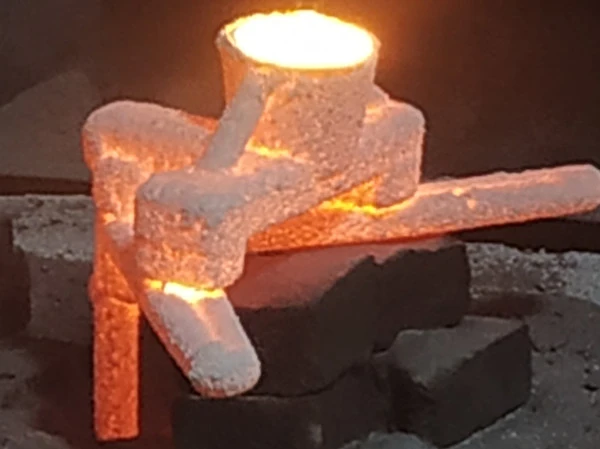Mobile:+86-311-808-126-83
Email:info@ydcastings.com
casing impeller
Understanding Casing and Impeller in Pump Systems
In fluid mechanics, the efficient operation of pumps is crucial for various industrial processes, and two of the most vital components that influence this efficiency are the casing and the impeller. Understanding their roles and interrelationship is essential for optimizing pump performance.
The Casing
The casing of a pump is a critical structural component that encloses the impeller and assists in guiding the flow of fluid. It serves multiple purposes it protects the internal components from external damage, helps maintain the correct alignment, and influences the operational efficiency of the pump. Casing design can vary significantly, depending on the application, and can be constructed from materials such as cast iron, stainless steel, or plastic, chosen based on factors like pressure, temperature, and the type of fluid being pumped.
One of the key features of casing design is its ability to convert kinetic energy from the impeller into pressure energy. The casing typically includes volute or diffuser sections that facilitate this conversion. In a volute casing, the cross-sectional area gradually increases as the flow moves away from the impeller, allowing the fluid to expand and decelerate, thus increasing pressure. Conversely, diffusers use stationary blades to achieve a similar effect but with a different flow path.
The Impeller
The impeller is the heart of the pump, responsible for imparting energy to the fluid. It consists of a rotating element with blades that push the fluid outward, thereby increasing its velocity. The design of the impeller—including its shape, size, and number of blades—directly influences the pump's performance characteristics, such as flow rate and total dynamic head.
casing impeller

Impeller designs can vary based on the desired application. For example, centrifugal pumps typically use closed, semi-closed, or open impellers. Closed impellers, which have front and back shrouds, are well-suited for pumping clean fluids at higher efficiencies, whereas open impellers can handle fluids with larger solids or slurries, albeit at lower efficiency.
Interrelationship Between Casing and Impeller
The interaction between the casing and the impeller is vital for achieving optimal pump performance. The casing must be designed to accommodate the specific flow characteristics generated by the impeller. If the casing does not work in harmony with the impeller, it can lead to issues such as cavitation, which can severely damage the pump and reduce its operational life.
Cavitation occurs when the local pressure in the fluid drops below its vapor pressure, causing vapor bubbles to form. These bubbles can collapse violently when they reach regions of higher pressure, resulting in shock waves that can erode the impeller and casing. Proper design and selection of both components are essential to minimize the risk of cavitation and ensure smooth operation.
Conclusion
In summary, both the casing and the impeller play critical roles in the performance of pump systems. A well-designed casing not only provides structural support but also enhances the conversion of kinetic energy to pressure, while an efficient impeller ensures maximum energy transfer to the fluid. Understanding the interplay between these components is essential for any engineer or technician aiming to optimize a pump's operation and extend its lifespan in various applications. Proper design, material selection, and maintenance of both the casing and impeller are crucial for achieving reliable and efficient pump performance.
-
Understanding Metal Casting TechniquesNewsApr.02,2025
-
Understanding Exhaust Manifolds for Enhanced Engine PerformanceNewsApr.02,2025
-
The World of Metal FabricationNewsApr.02,2025
-
Key Components for Pump and Turbo EfficiencyNewsApr.02,2025
-
Essential Tools for Automotive Maintenance and RepairNewsApr.02,2025
-
Durable Valve Components for Effective Water ManagementNewsApr.02,2025











